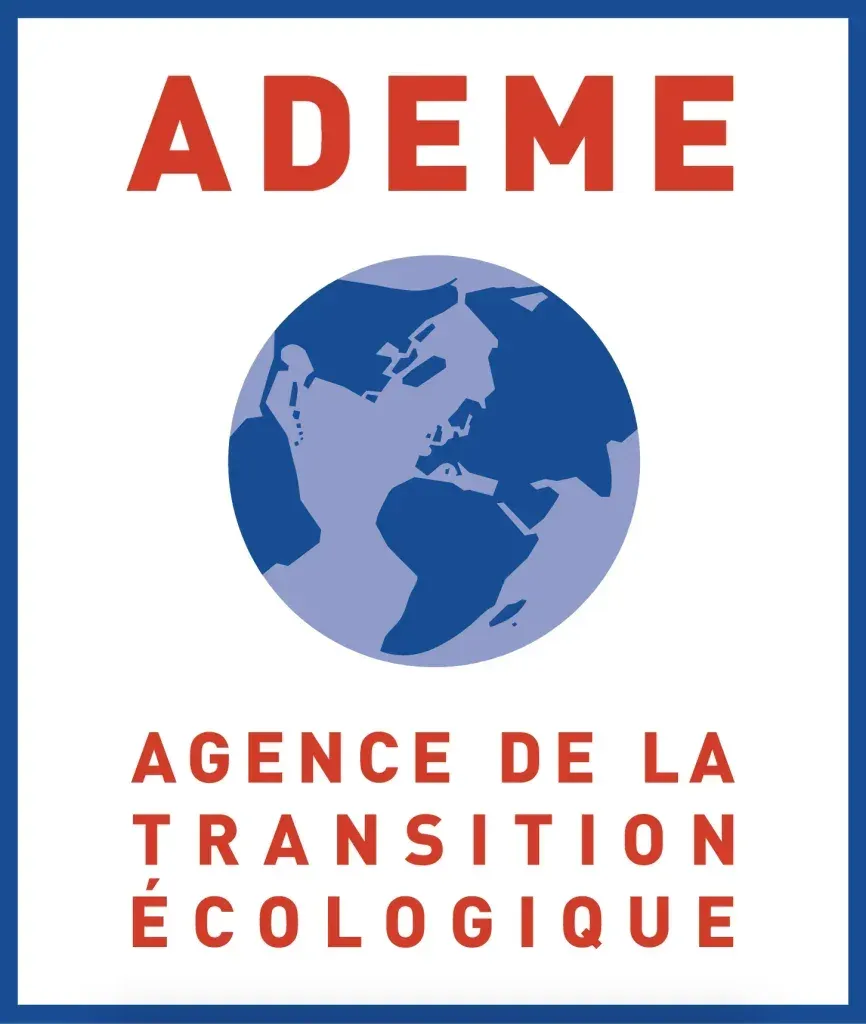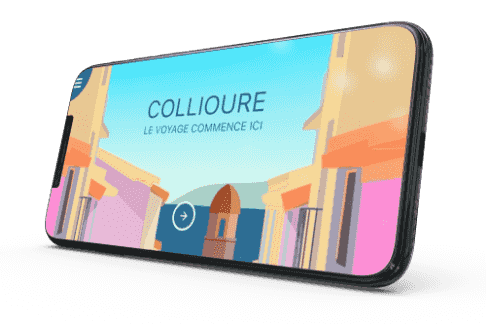Are you interested in eco-design?
Applied to digital, this is a multi-stage approach characterized by a global vision of the environmental impact of digital devices. This means, for example, developing platforms and tools that consume less energy and are more respectful of the environment.
Why eco-design our website?
As you can see, eco-designing a website is one of the many levers we can pull to limit the environmental impact of digital technology... and when applied to the tourism and etourism sector, the challenge is even greater!
While a destination website is considered to require a complete overhaul every 4 to 5 years in order to keep pace with the functional and graphic evolutions of digital technology, the programmed obsolescence of digital devices is a fact not to be forgotten! Each redesign has a significant impact on our energy consumption, mobilizing many resources.
To offer you the highest quality, most immersive content during your navigation, we're also redoubling our ingenuity to provide you with interactive tools, and share our finest multimedia content with you. HD visuals, videos, road-trips, interactive mapping... Nothing is too good to let you discover the beauty of our region... But this has an environmental impact that must not be overlooked.
Solutions for every problem! Finding the right compromise between performance and environmental impact was at the heart of our thinking and work when we embarked on this project.
Our concrete solutions
The ongoing evolution of our website
In order to significantly postpone the need to overhaul our digital device, we looked for a technical and functional solution capable of circumventing the programmed obsolescence of our destination site.
Accompanied by our digital communications consultancy, we chose to develop our new digital device according to the concept of continuous evolution. Innovative and resolutely in tune with the times, this strategy enabled us to completely rethink the design of our website, which now benefits from an extended lifespan thanks to regular upgrades and evolutions.
By maintaining the same base, fed twice a year with new functionalities and technical, ergonomic and design improvements, we optimize the mobilization of digital resources previously dedicated to redesigns.
The integration of an eco-mode
The destination site you are currently browsing is equipped with an eco-mode!
You may have noticed that a curious switch has appeared at the top of your web page. The more seasoned or daring will no doubt have already activated this eco-mode, but for the more skeptical, here are a few explanations to help you adopt this new browsing habit.
Integrated into our site, eco-mode automatically adapts the operation and display of our pages to meet energy-saving requirements. As soon as it's activated, the page you're browsing is automatically reloaded with a lighter interface!
Because we also like to give you concrete figures, the eco-mode gives you access to information on the energy savings achieved throughout your navigation.
Thanks to an algorithm provided by Ademe, a CO2 counter integrated into your pages displays in real time the energy savings achieved by using the eco-mode while browsing. This information is also playfully converted into kilometers traveled (by TGV or thermal car) or the time it takes to turn on a light bulb!


Of course, you can also choose to view your pages in the traditional way by simply minimizing this toolbar, and activate and deactivate eco-mode at any time while browsing the site.
To go further
Since the digital world is 100% dematerialized, it's sometimes difficult to imagine its environmental impact... So, since every gesture counts, we've selected a number of sources to help you learn more about the subject, and unearth the best practices you can adopt to limit your own digital environmental footprint.
- Datagir : Convert and compare your CO2 impact
- The Arcep file : Digital technology's environmental footprint
- Government advice : Digital responsibility: how to adopt the right reflexes?
- WWF advice: Learning to reduce your digital footprint
To discuss eco-responsibility and generate new ideas together, don't hesitate to contact us contact !
Article updated January 1 2025





